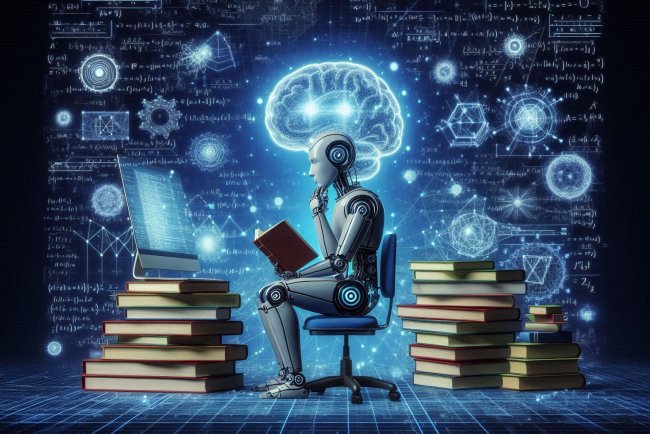AI philanthropy: Social impact and humanitarian efforts
Discover how AI is transforming philanthropy for social impact and humanitarian efforts. Explore the power of technology to create positive change.

AI Philanthropy: Social Impact and Humanitarian Efforts
Artificial Intelligence (AI) has the potential to revolutionize the way we address social issues and humanitarian crises around the world. The intersection of AI and philanthropy has led to innovative solutions, increased efficiency, and greater impact in various areas of need. From healthcare to education, disaster response to environmental conservation, AI is being leveraged to make a positive difference in people's lives.
Healthcare
One of the key areas where AI is making a significant impact is healthcare. AI-powered tools and technologies are being used to improve diagnostics, treatment planning, and patient care. Machine learning algorithms can analyze medical images, such as X-rays and MRIs, to detect diseases at an early stage. This can lead to faster and more accurate diagnosis, ultimately saving lives. AI is also being used to personalize treatment plans based on individual patient data, leading to more effective and efficient healthcare delivery.
Education
In the field of education, AI is being used to enhance learning experiences and improve outcomes for students. AI-powered tutoring systems can provide personalized support to students, helping them learn at their own pace and in a way that suits their individual learning styles. Chatbots and virtual assistants can also help students with homework, answer questions, and provide additional resources. By leveraging AI in education, we can create more inclusive and accessible learning environments for students of all backgrounds.
Disaster Response
During natural disasters and humanitarian crises, AI can play a crucial role in coordinating response efforts and providing aid to affected communities. AI algorithms can analyze satellite imagery to assess the extent of damage and identify areas in need of assistance. Chatbots and AI-powered communication platforms can help connect survivors with rescue teams and provide real-time updates on relief efforts. By harnessing the power of AI, humanitarian organizations can respond more effectively and efficiently to emergencies, saving lives and reducing suffering.
Environmental Conservation
AI is also being utilized to address environmental challenges and promote conservation efforts. Machine learning algorithms can analyze large datasets to track wildlife populations, monitor deforestation, and predict environmental trends. AI-powered drones and sensors can collect data in remote and hard-to-reach areas, providing valuable insights for conservationists and researchers. By using AI to better understand and protect our environment, we can work towards a more sustainable future for our planet.
Conclusion
AI philanthropy holds great promise for driving social impact and advancing humanitarian efforts around the world. By harnessing the power of AI, we can create innovative solutions to complex problems, improve efficiency in service delivery, and empower communities to thrive. As we continue to explore the potential of AI in philanthropy, it is crucial to prioritize ethical considerations, transparency, and inclusivity to ensure that these technologies benefit all members of society. Together, we can leverage AI for good and make a lasting difference in the lives of people in need.
What's Your Reaction?

















